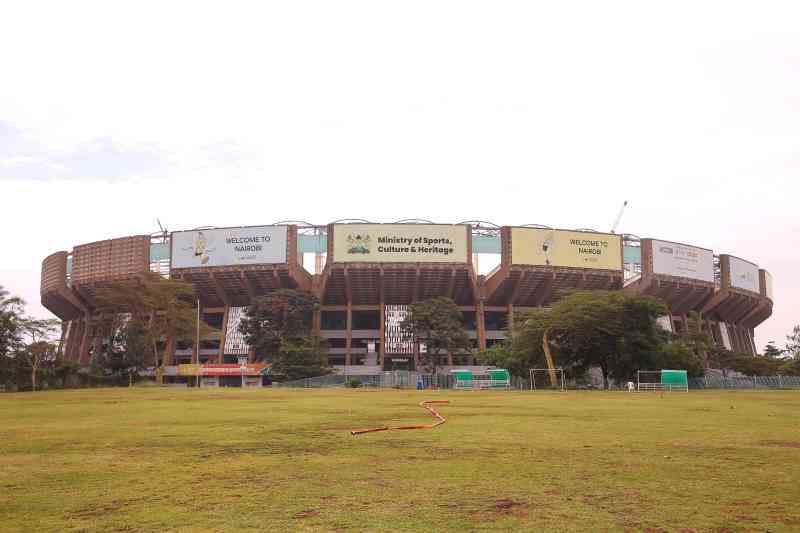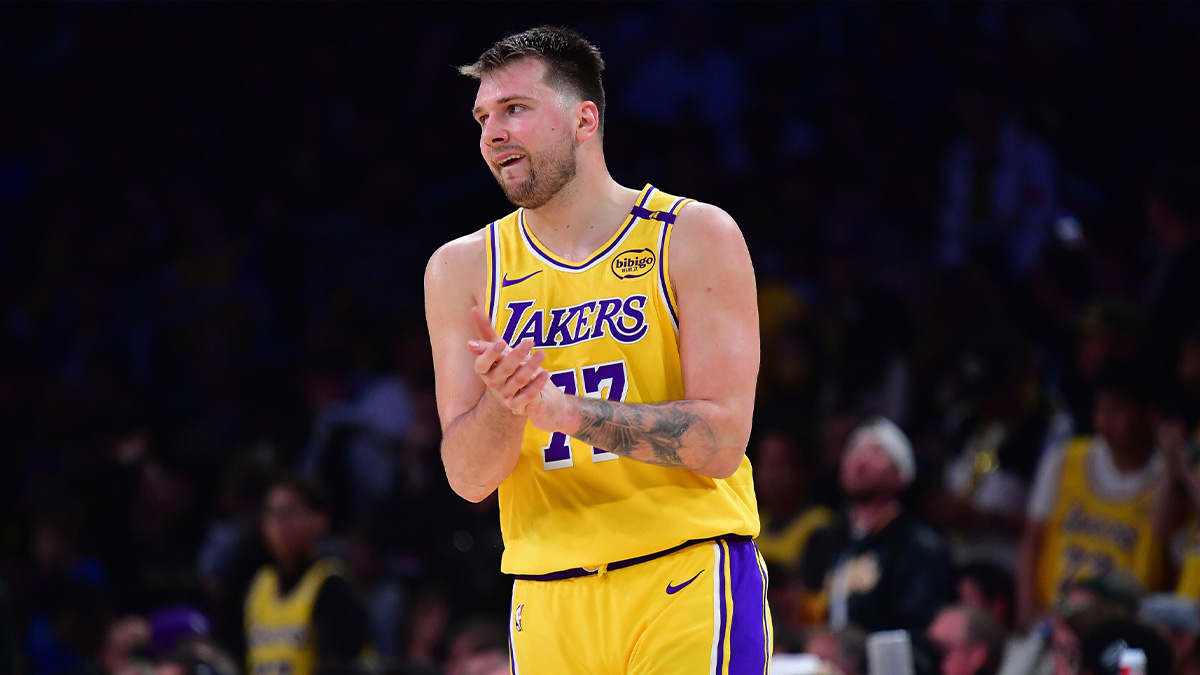Has the G League become a rite of passage for Australia's NBA hopefuls?
There isn’t a single competitive male hooper in Australia who hasn’t had dreams of playing in the NBA. For those on the professional scene who have that goal within reach, there are a number of well-established pathways to reach basketball’s holy grail. Top level junior prospects, like Ben Simmons, Andrew Bogut and Johnny Furphy to name a few, followed the traditional US college basketball pathway. Others, like Joe Ingles and Aron Baynes, had stints in Europe before earning an NBA contract.
In recent years, the likes of Jock Landale and Matthew Dellavedova have proven that a direct NBL-to-NBA leap is possible, with the aforementioned duo earning full NBA contracts, as opposed to the increasingly popular two-way deals. Danté Exum also broke ground in 2014 when he entered the NBA straight out of the AIS, without playing collegiate or professional basketball at all.
But the 2024-25 season has seen a sharp uptick in one particular pathway for Australia’s NBA hopefuls - the NBA G League.
The concept of Aussie players trying their luck in the NBA’s second tier competition is nothing new - as evidenced by Dyson Daniels, Jack White, Mitch Creek and Isaac Humphries, to give just a few examples. But with the advent of two-way deals in 2017, it was only going to be a matter of time before the Aussie influence in the G League exploded. The two-way scheme allows players to effectively land on the books of an NBA team, while predominantly playing for their G League affiliate.
Heading in to the 2024-25 season, three Aussies had two-way contracts, and with highly competitive NBA clubs to boot. Luke Travers — who was drafted in the second round by the Cleveland Cavaliers in 2022 — joined the Cavs/Canton Charge, while Jack McVeigh earned a roster spot on the Houston Rockets/Rio Grande Valley Vipers, and Alex Ducas found himself on the Oklahoma City Thunder/Oklahoma City Blue. Towards the end of the season, Taran Armstrong parlayed a strong NBL campaign into a two-way contract, joining the Golden State Warriors/Santa Cruz Warriors.
Furthermore, Johnny Furphy - a recent draftee of the Indiana Pacers - also spent some time in the G League, as way to earn match experience in the face of sparse playing time. Even Duop Reath, an established member of the Portland Trail Blazers rotation, made a couple of G League appearances.
While the G League has witnessed a surge in Aussie representation however, the EuroLeague seems to be becoming less visible for Australians as a pathway to the NBA. Danté Exum is the only Aussie in recent years to earn an NBA deal off the back of EuroLeague form, and before him Jonah Bolden in 2018. Throughout the 2000s, some of Australia’s top players - including David Andersen, Chris Anstey, Joe Ingles, Aron Baynes, Matt Nielsen and Ryan Broekhoff - made a name for themselves in Europe, and four of the aforementioned (Andersen, Ingles, Baynes, Broekhoff) made the Europe-to-NBA transition - obviously not forgetting Jock Landale in more recent years.
It’s important to note too, that on top of their respective performances in Europe, having had prior US college careers also played a part for some in terms of improving their exposure to NBA scouts.
The monetary scale certainly leans in the way of Europe in comparison to G League salaries, which is why there are many Aussies plying their trade throughout various European domestic leagues, but William McDowell-White was the only one to log minutes in the top-tier EuroLeague. This recent shift towards the G League has a number of underlying reasons, but geographical proximity to NBA teams, and the immersive nature of two-way contracts, cannot be ignored.
Even in the case of Exum, one could argue the talented guard had to move mountains in order to earn an NBA recall. After a productive 2021-22 season with Barcelona wasn’t enough to pique the interest of NBA clubs, the then-27 year old had to change teams and revamp his offensive game, before the Dallas Mavericks gave him a chance. Similarly, Duop Reath played in Europe for three years from 2018 to 2021, but it wasn’t until he had further stints in the NBL and Chinese CBA, that the big man earned an NBA call up.
There is an argument that the G League environment allows players to accumulate stats, as opposed to the team-oriented EuroLeague culture, where games are also shorter - 40 minutes, as opposed to 48 in the NBA. A similar argument could be made about the NBL, where games also go for 40 minutes, and the win/loss column has much more of a bearing on a player’s role. However, the NBL has evolved significantly in the last 10 years, to the point where Aussie players are capable of earning two-way or full NBA contracts out of their home country. The thought of moving to Europe and dealing with a language or cultural barrier becomes less appealing, when the aforementioned two-way Aussies in the 2024-25 season have all had preceding NBL stints - except for Ducas, and his time in US college basketball as a Gael definitely helped.
Travers is the perfect example of this; the 23 year old enjoyed a productive NBL career with the Perth Wildcats, and then Melbourne United, but his numbers have gone to a new level in the G League.
Travers averaged 17.0 points, 9.9 rebounds and 7.0 assists across 21 G League appearances, becoming a nightly triple-double threat in the NBA’s second tier. On a Cavaliers roster that was recently sent packing in the second round of the NBA playoffs, Travers now has an opportunity to emerge as a point of difference heading into next season. A similar argument could be made for McVeigh, who is on the fringes of a talented Houston Rockets roster that also failed to make a deep playoff run in 2025.
Others, like Furphy and Ducas, are still active in the playoffs, in the Eastern and Western Conference finals respectively. The immersion in such a competitive high stakes atmosphere will hold both players in good stead, as they look to build their fledgling careers in the world's premier basketball competition.
As more and more Australians find success through the G League pathway, the EuroLeague feels like it’s rapidly becoming less relevant for Australia, despite the strong history we have cultivated in that competition. And with the growth of the NBL in recent years, leaving home just doesn't have the same appeal. Once Australia’s top players are ready to take on their NBA dreams, a direct route from Australia to America has become more feasible, thanks to the G League.
Other alternatives like the Japanese B.League and China's CBA have also emerged onto the scene, but not with the same level of appeal as the G League, especially for high-level prospects. Moreover, with the exception of Duop Reath, who also had stints in Europe and the NBL, Aussie players haven't been able to make the leap from top tier Asian leagues to the NBA. A similar issue emerges to that of the EuroLeague, as players in Japan and China simply don’t have the same visibility in front of NBA scouts, in comparison to their G League counterparts.
The next few years will be critical, as Australia's 2024-25 class of G League exports aim to carve out long NBA careers. Depending on their success, future generations could either take inspiration from the growing pathway, or look towards alternatives like Europe or Asia.











